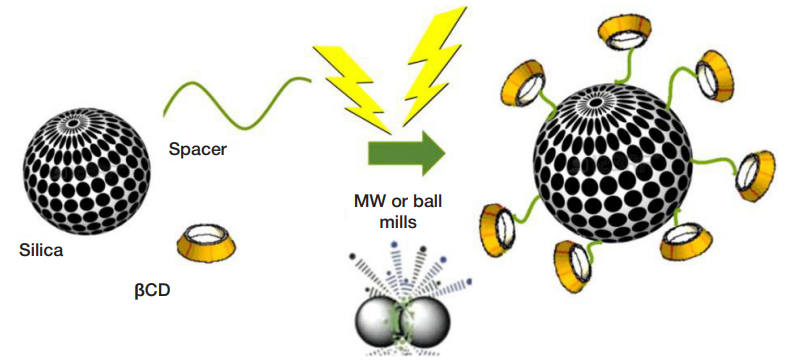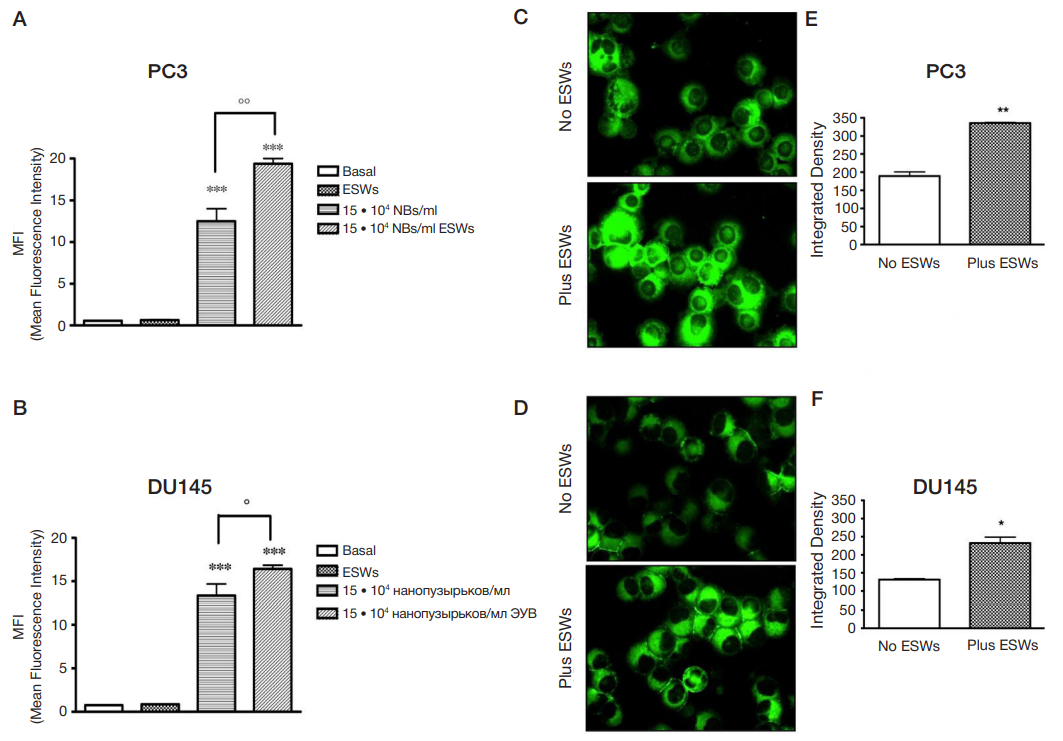
ISSN Print 2500–1094
ISSN Online 2542–1204
Bulletin of RSMU
BIOMEDICAL JOURNAL OF PIROGOV UNIVERSITY (MOSCOW, RUSSIA)

Department of Drug Science & Technology,Centre for Nanostructured Interfaces and Surfaces (NIS), University of Turin, Turin, Italy
Correspondence should be addressed to: Giancarlo Cravotto
Via P. Giuria 9, 10125 Turin, Italy; ti.otinu@ottovarc.olracnaig
Funding: The University of Turin is warmly acknowledged for their financial support (Ricerca Locale 2017).

